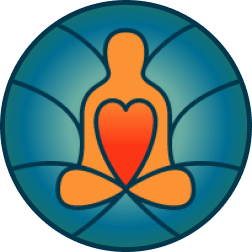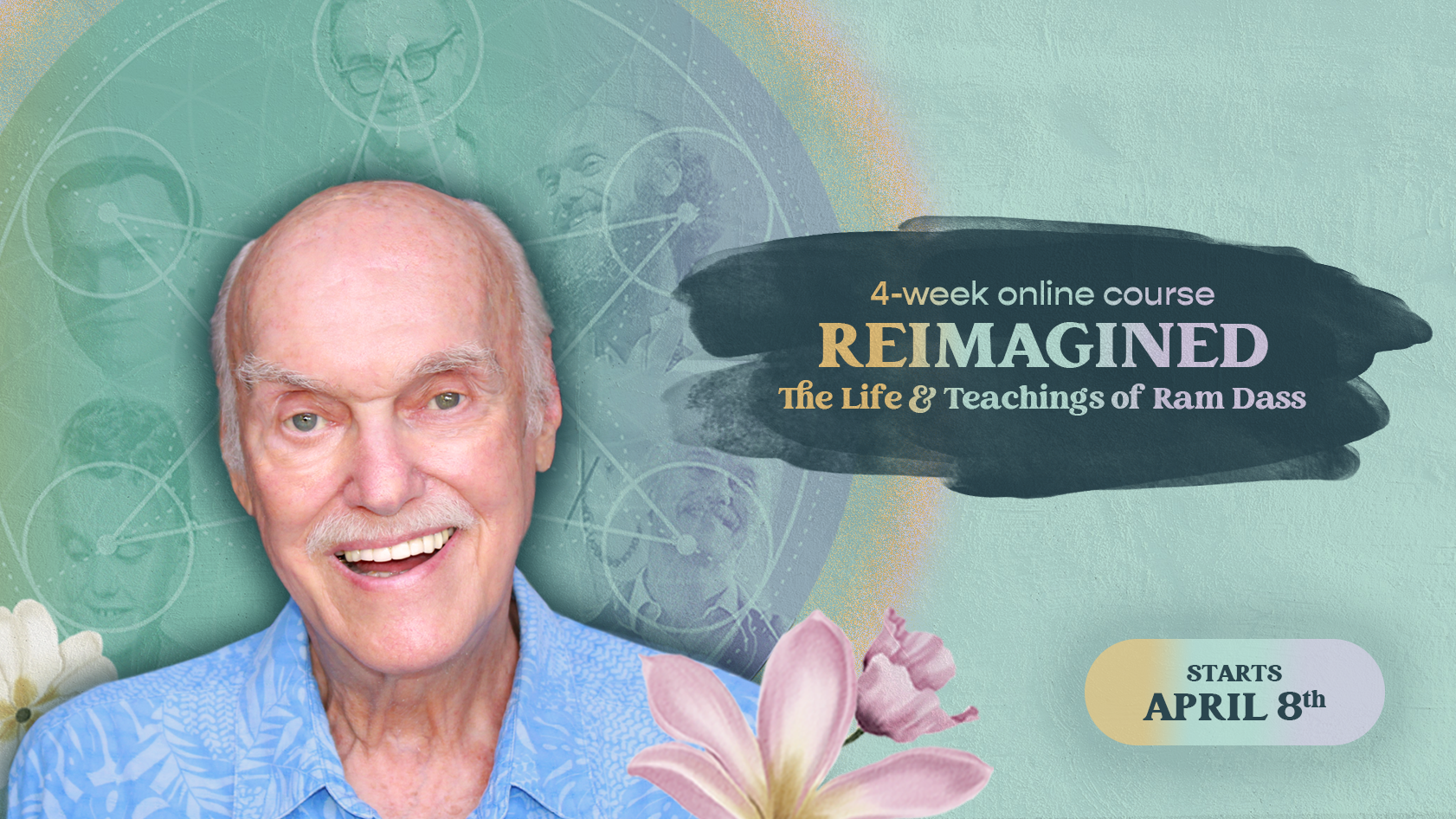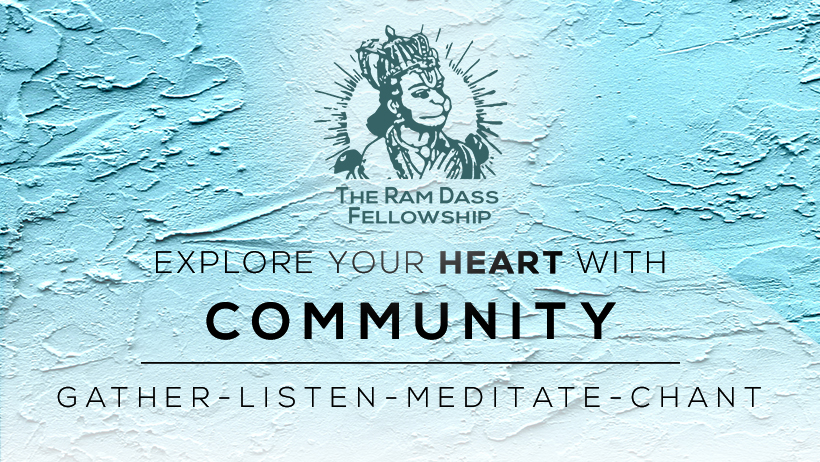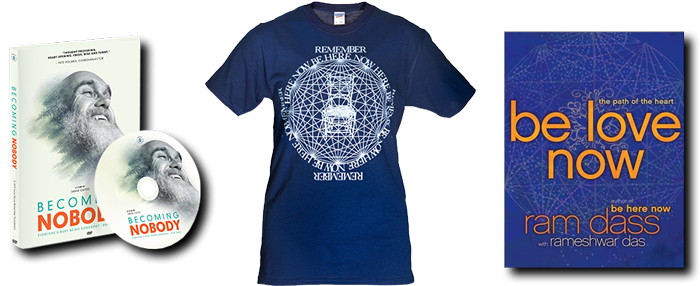Listen to Dr. Rick Hansen on the latest podcast episode of Mindrolling with Raghu Markus
The Buddha didn’t use an MRI to become enlightened. Many other people have also gone far along their own paths of awakening without advanced technologies. Still, 2,500 years after he walked the dusty roads of northern India, scientists have discovered many things about the body and the brain. The Buddha and others have explored the mental factors of suffering and happiness. During the past couple of decades, we’ve learned a lot about the neural basis of these mental factors. To ignore this emerging understanding seems antithetical both to science and to Buddhism.
The dharma—understanding, peering into the nature of reality—is not specific to Buddhism. The dharma is truth. And the only choice we really have is whether to try to be in relationship with the truth or to live in ignorance. —Rev. Angel Kyodo Williams
When I use the word dharma, I simply mean the truth of things. This is both the way things actually are and accurate descriptions of them. Whatever the truth is, it is not the property of any tradition; it’s for everyone. Neurodharma is the term I use for the truth of the mind grounded in the truth of the body, particularly its nervous system. Neurodharma is of course not Buddhism as a whole. Nor is it necessary for Buddhist (or any other) practice. I just think it can be helpful. We will use this approach to:
- explore seven ways of being that are the essence of awakening
- learn about their basis in your own brain
- use this understanding to strengthen them in yourself.
Even a little knowledge about your brain can be very useful. It’s a goofy metaphor, but I imagine driving a car and suddenly seeing clouds of steam coming out of the front with red lights flashing on the dashboard and needing to pull over and stop. If I don’t know anything about what the car is made of and how it works, I’m pretty stuck. But if I know about the radiator and the type of fluid it needs to keep the engine cool, then there are things I can do to get back on the road and prevent this in the future. The car is like the body. Thousands of years ago, no one knew much about it. But today we can draw on the knowledge we’ve gained over the centuries about our neural “engine.”
For starters, this knowledge is motivating: when you know that your practices are actually changing your brain, you’re more likely to keep doing them. Really taking your body into account can also draw you into a sense of thankfulness for the physical processes that have led to this moment of consciousness. Understanding what is happening in your brain while experiences are moving through your mind sharpens your mindfulness and fosters insight. You can lighten up about the passing show of consciousness when you recognize that it’s being made by many tiny, swift cellular and molecular processes . . . without any sort of master engineer hiding in the background and continually flipping all the right switches.
In its basic design, we’ve all got the same brain. A neurodharma perspective offers a common framework for understanding the ideas and tools in clinical psychology, personal development (a broad term for other secular approaches), and the wisdom traditions. It can help us prioritize and use key tools we already have. For example, research on the brain’s evolved negativity bias—which we’ll learn more about in chapter 3—highlights the importance of emotionally positive experiences such as gladness and kindness. A greater understanding of the neural “hardware” can even suggest new approaches to our mental “software,” such as neurofeedback. It also helps to individualize practice. When you consider your temperament—perhaps distractible, perhaps anxious—as a perfectly normal variation on the human brain, it’s easier to be self-accepting and to find the practices that are most suited to you.
This approach invites us to work backward from important experiences such as feeling happy and content and explore their basis in the brain. We can know ourselves both subjectively and objectively—from the inside out and from the outside in—and neurodharma is where these two meet. At the same time we can respect what we don’t know and avoid merely intellectual practice. I try to remember the Buddha’s advice to steer clear of the “thicket of views” about theoretical matters, and to focus instead on the practical how of ending suffering and finding true happiness here and now.
Excerpted from NEURODHARMA copyright © 2020 by Rick Hanson. Used by permission of Harmony Books, an imprint of Random House, a division of Penguin Random House LLC. All rights reserved. No part of this excerpt may be reproduced or reprinted without permission in writing from the publisher.











This is why Jesus doesn’t come into history until after no one else could quite figure out the way that all of our paths, amazingly, connect. All Glory to God.